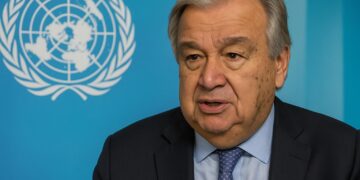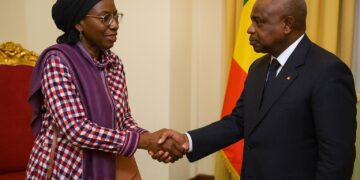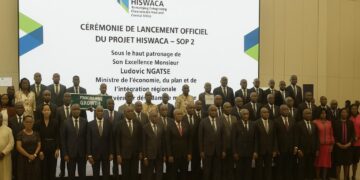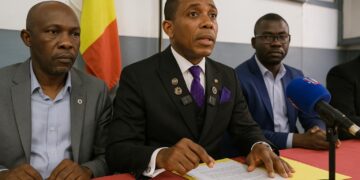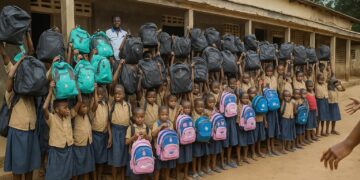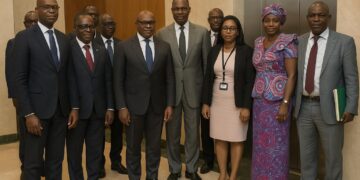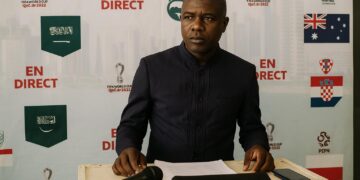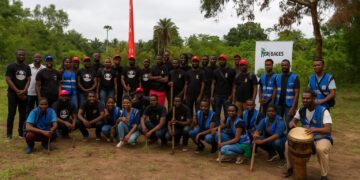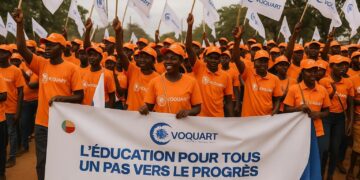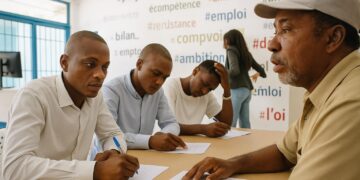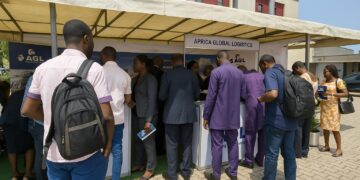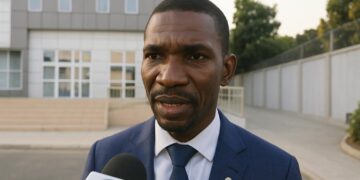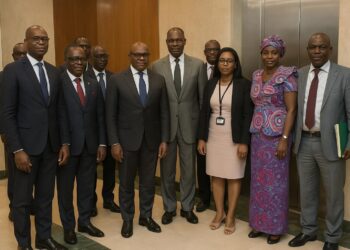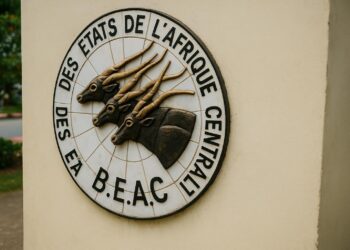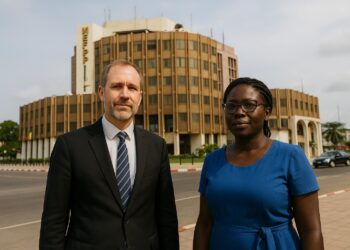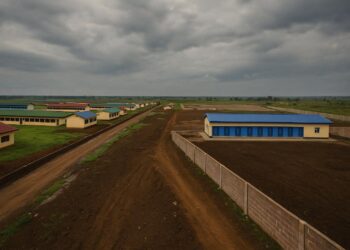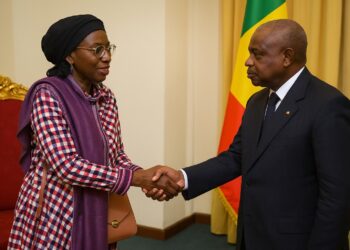Growth forecast edges lower to 2.6% in 2025
The Central African Economic and Monetary Community, grouping Cameroon, Congo, Gabon, Equatorial Guinea, Chad and the Central African Republic, is projected to expand by 2.6 % in 2025, the Monetary Policy Committee of the Bank of Central African States announced on 29 September 2025 (BEAC CPM).
The figure represents a marginal easing from the 2.7 % estimated for 2024, yet it remains above the 2.4 % the same committee anticipated in June. Compared with the 2.9 % scenario released last March, however, momentum is clearly softer, underscoring a fragile recovery curve.
BEAC analysts link the adjustment chiefly to a sharper-than-expected fall in hydrocarbon output. They also note that domestic demand and regional trade are holding steady, preventing a steeper downgrade and giving policymakers space to maintain a cautiously supportive stance.
Oil and gas retrenchment hits regional headline
Hydrocarbon production is now expected to contract 1.5 % in 2025 after a modest 0.4 % drop in 2024, reflecting maturing fields, delayed infill drilling and voluntary quota discipline within the OPEC+ framework affecting Equatorial Guinea and Congo-Brazzaville (IMF WEO, Oct 2025).
Although international prices remain relatively firm, the volume decline trims export receipts and fiscal buffers. Upstream operators, including TotalEnergies and Perenco, have rescheduled several wells to 2026 to align with capital discipline objectives and evolving carbon-management priorities (company statements, July 2025).
New discoveries in Cameroon’s Etinde block and Gabon’s shallow offshore could lift capacity later in the decade, yet they arrive beyond the current projection horizon, reinforcing the near-term downside for headline GDP.
Non-oil engines remain resilient
Outside hydrocarbons, BEAC foresees activity rising 3.2 % in 2025 after 3.3 % in 2024, powered by public works, agribusiness modernisation and accelerating digital adoption across urban centres. Construction linked to the Yaoundé-Brazzaville corridor and regional energy interconnectors provides an additional lift (AfDB AEO 2025).
Congo-Brazzaville is expanding fibre-optic backbones along the RN1 highway, while Gabon pushes ahead with certified timber transformation hubs aimed at European and Asian buyers. These projects leverage concessional loans from the African Development Bank and Green Climate Fund, cushioning budgets without undermining debt metrics.
The African Continental Free Trade Area’s progressive tariff dismantling is stimulating cross-border logistics services, with port operators in Douala and Pointe-Noire reporting double-digit container throughput growth. This dynamic offsets slower intraregional air travel recovery and supports non-oil corporate earnings.
Inflation, policy and financing conditions
Headline inflation for the bloc eased to 3.4 % year-on-year in August, from 5 % six months earlier, aided by lower imported food costs and tighter liquidity operations. BEAC kept its policy rate at 3 %, signalling a neutral bias until price expectations anchor nearer the 3 % medium-term goal.
Foreign-exchange reserves cover roughly 4.7 months of imports, up from 4.2 last December, reinforcing the credibility of the regional CFA franc peg to the euro. The central bank reiterated its readiness to adjust reserve requirements should exogenous shocks pressure the peg (BEAC communiqué, September 2025).
Public-debt ratios are stabilising. The IMF’s latest Debt Sustainability Analysis places CEMAC at moderate risk, assuming continued fiscal prudence and improved domestic revenue mobilisation. S&P Global Ratings affirmed Cameroon and Congo at ‘B-’ with stable outlooks, citing gradual consolidation and continued multilateral engagement (S&P note, May 2025).
Country-level nuances, with Congo-Brazzaville in focus
Congo’s overall growth is forecast near 2.7 %, balancing mature oil-field decline against brisk expansion in telecoms, forestry processing and special economic zones. Government investments in roads linking northern timber basins to the port of Pointe-Noire shorten transit times and attract regional trucking firms.
Brazzaville’s authorities, working under an Extended Credit Facility with the IMF, have advanced a new VAT code and streamlined customs processes. The reforms aim to lift non-oil revenue by one percentage point of GDP, a move welcomed by investors at the Pointe-Noire business forum in July.
The country also pilots carbon-credit transactions tied to its Congo Basin forests. A first tranche of 1.5 million tonnes was listed on Verra’s registry in August, opening a complementary revenue stream while reinforcing Congo’s profile as a climate-positive jurisdiction aligned with global net-zero pathways.
Investor signals and risk-adjusted opportunities
Fixed-income desks see CEMAC sovereign Eurobonds stabilising after a volatile 2024, helped by the BEAC’s commitment to low deficits and subdued issuance pipelines. Equity investors, though still under-weight, flag transport, mining services and digital payments as pockets of growth insulated from oil cycles.
The regional diaspora is increasingly active in fintech and agri-processing startups, supported by remittance flows and the Ouesso SME guarantee fund launched in April. Microfinance institutions, now supervised under revised COBAC prudential rules, channel liquidity toward women-led enterprises in peri-urban zones.
Overall, the modest downgrade to 2025 growth underscores the bloc’s vulnerability to hydrocarbon trends yet highlights the growing heft of diversified sectors. Policymakers’ focus on inflation control, debt prudence and climate finance offers investors a clearer risk framework as Central Africa’s transformation gathers pace.




